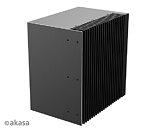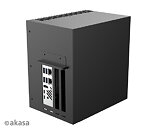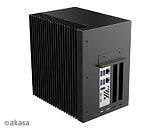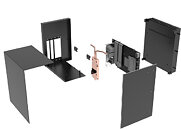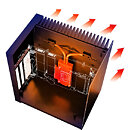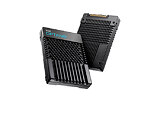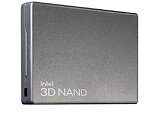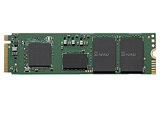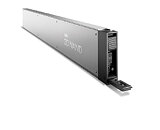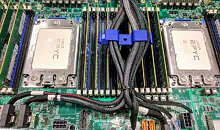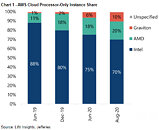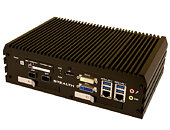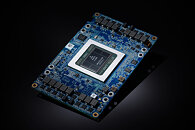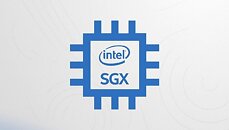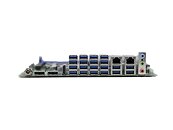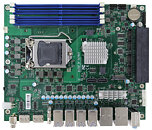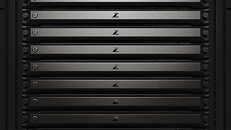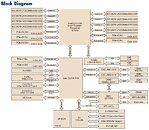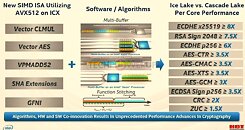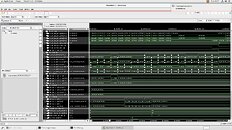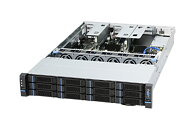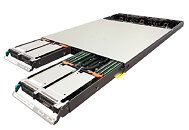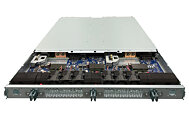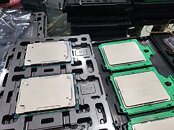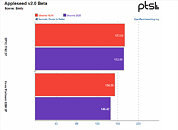
Akasa Rolls Out Turing QLX Fanless Case for Intel NUC 9 Pro
Akasa today rolled out the Turing QLX, a fanless case for the Intel NUC 9 Pro "Quartz Canyon" desktop platform that consists of an Intel NUC 9 Pro Compute Element, and a PCIe backplane. This form-factor is essentially a modern re-imagining of the SBC+backplane desktops from the i486 era. The Turing QLX case is made almost entirely of anodized aluminium, and its body doubles up as a heatsink for the 9th Gen Core or Xeon SoC. You're supposed to replace the cooling assembly of your NUC 9 Pro Compute Element with the cold-plate + heat-pipe assembly of the case. NUC 9 Pro series SBCs compatible with the Turing QLX include the BXNUC9i9QNB, BXNUC9i7QNB, BXNUC9i5QNB, BKNUC9VXQNB, and the BKNUC9V7QNB. The case doesn't include a power supply, you're supposed to use a compatible power brick with the SBC+backplane combo. The Turing QLX measures 212 mm x 150 mm x 220 mm (DxWxH). The company didn't reveal pricing.
